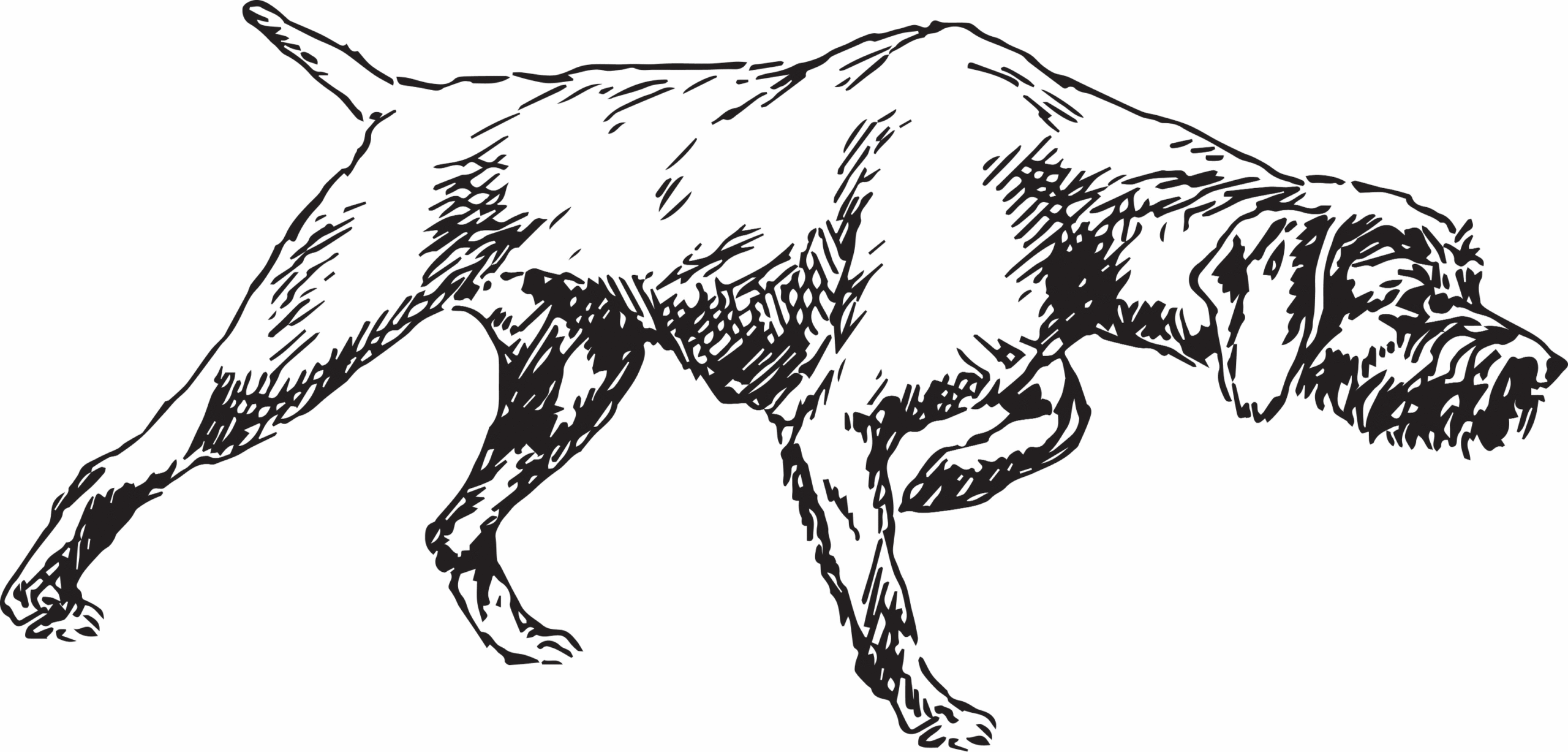Pudelpointer History of the Breed
History of the Breed
The first cross of the Pudel and an English Pointer to establish the new breed took place in Germany in 1881. The sire was “Tell”, an English Pointer belonging to Kaiser Frederick III, the dam was a German Hunting Pudel bitch “Molly”, owned by Hegewald, a famous Teutonic author on the subject of hunting dogs.
The idea behind this breeding was to combine the outstanding natural working abilities of the two great specialists in one dog:
The intelligence, water love, retrieving instinct, easy trainability and willingness to please, wrapped into the protective coat of the Pudel with the unending desire to hunt, birdiness, pointing instinct, field nose and endurance of the English Pointer.
Since the Pudel proved to be the stronger breed in passing its genes, many more Pointers were introduced into the breeding program to arrive at the breed, as it is known today. During the first 30 years, only 11 Pudels were used against well over 80 Pointers. From then on, only occasional re-introductions of Pointers were undertaken, especially after the two World Wars severely depleted the breeding stock.
The Pudelpointer, in its home country Germany, has always ranked among the finest performers in tests and in the field, and is sought by those who enjoy and value a dog with desire and drive. The breed is medium sized, between 60 and 68 centimeters for males and 55-63 centimeters at the shoulder for females and weighs anywhere from 45 to 70 lbs. Pudelpointers are predominantly solid in color, from dark brown to the color of autumn leaves, and occasionally black. The ideal coat is harsh, wiry and dense.
The first Pudelpointers were imported into North America in 1956 and began the foundation of the breed in the New World and gave birth to the Pudelpointer Club of North America in 1977 in Canada. The Verein Pudelpointer Club is proud of its achievements and continues to work hard to further improve and protect the breeds high standards. The clubs breeding program takes great care to maintain the never ending desire to work on land, in the water and in the forest, before and after the shot, and to find, point and retrieve whatever game is hunted.
A sound temperament, as well as a style pleasing to the eye, makes the Pudelpointer a great companion both in the field and the home. They take to training easily, despite their desire and drive. With the proper development and exposure, club pups are well known for desire, nose, pointing instinct, love of water and trainability
